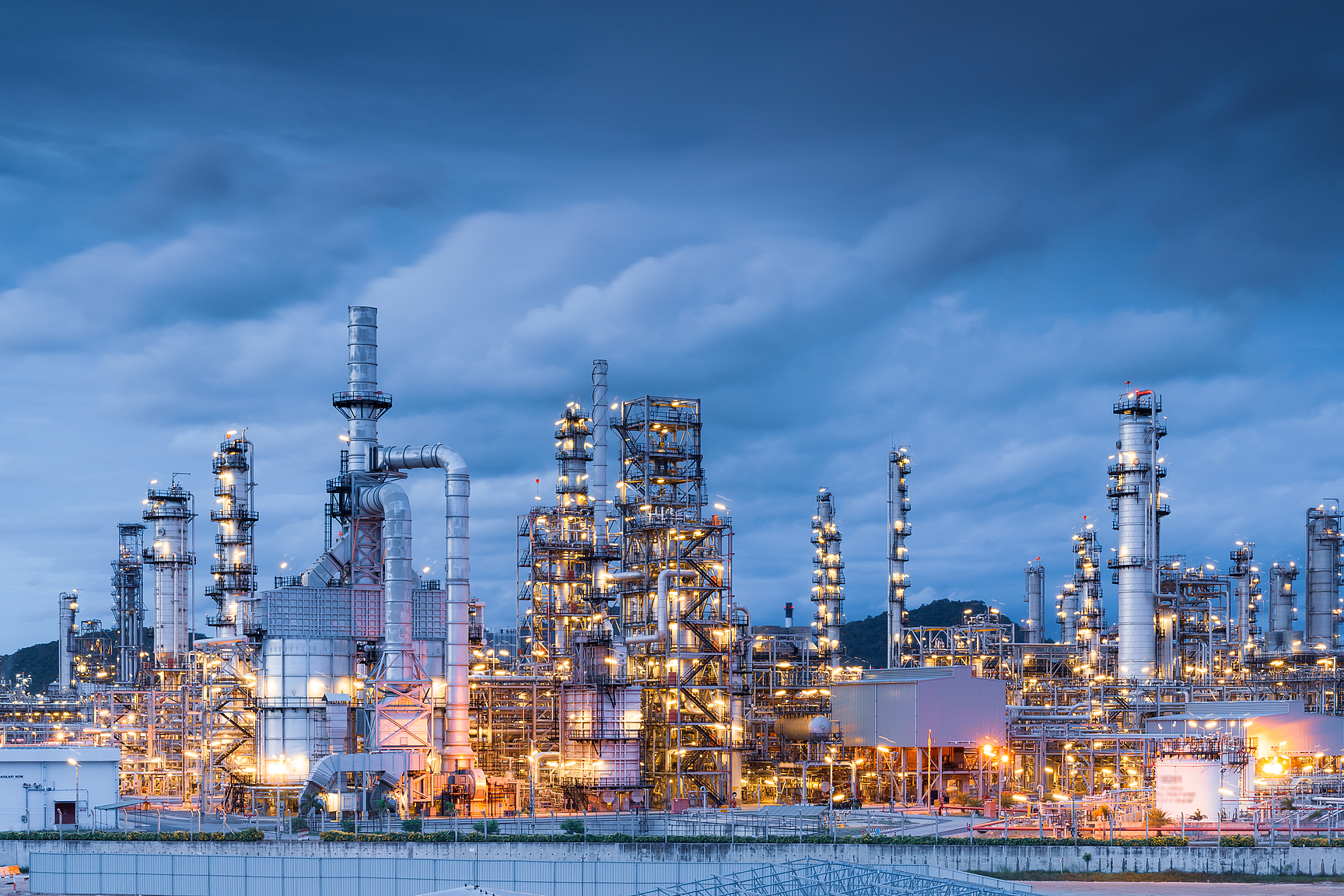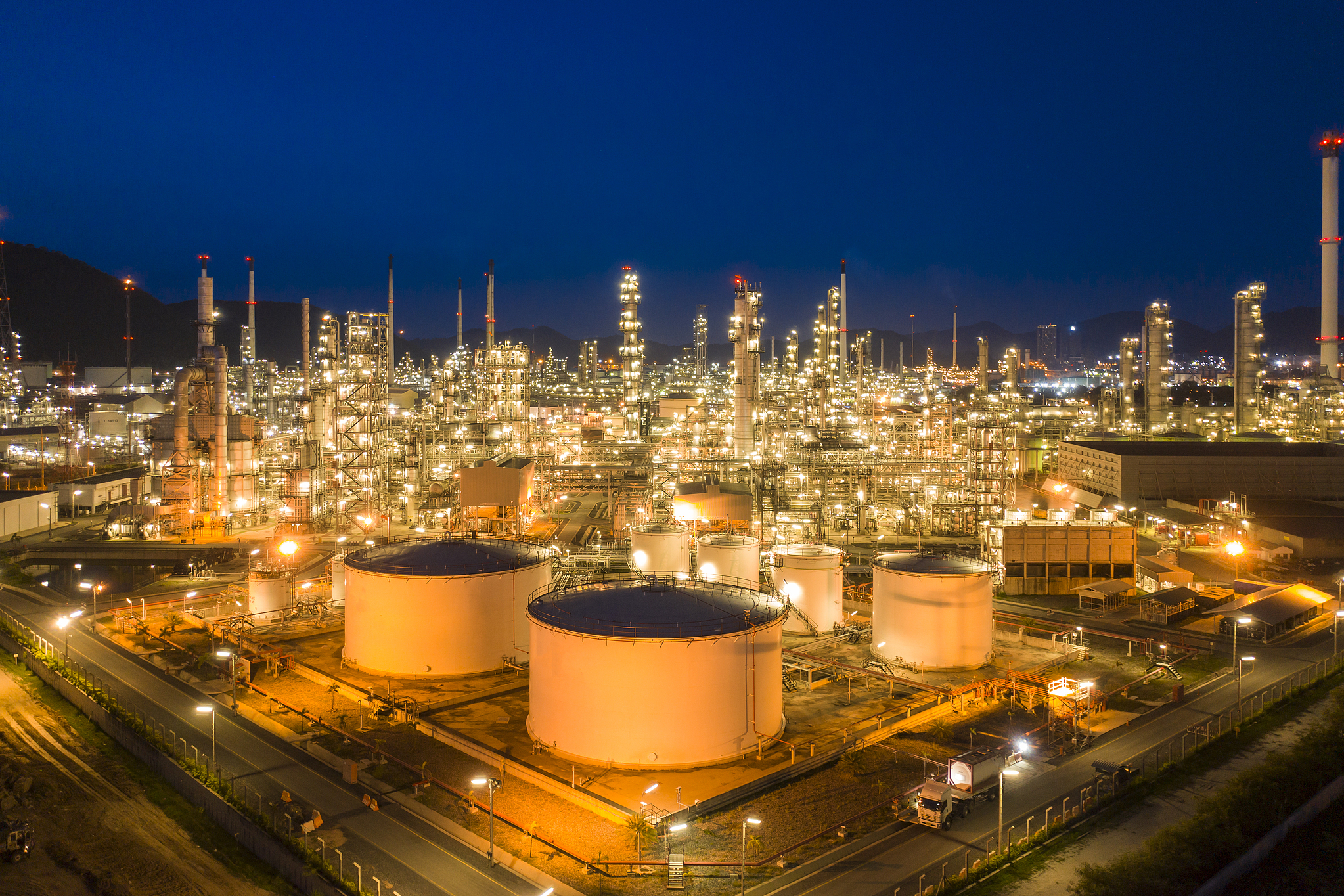











The chemical industry continues to evolve with innovative compounds that drive advancement across multiple sectors. Among these vital substances, hydroxyethyl acrylate stands out as a remarkably versatile monomer that has transformed various manufacturing processes and end-products. This essential compound plays a crucial role in developing high-performance materials, coatings, and specialized solutions that meet today's demanding industrial requirements.
The unique molecular structure of hydroxyethyl acrylate, combining both hydroxyl and acrylate functionalities, makes it an invaluable ingredient in numerous applications. Its ability to form strong chemical bonds and participate in various polymerization reactions has led to its widespread adoption across different manufacturing sectors.
In the realm of industrial coatings, hydroxyethyl acrylate serves as a fundamental building block for creating durable and resistant surfaces. When incorporated into coating formulations, it enhances adhesion properties while providing excellent resistance to chemicals, weathering, and mechanical stress. These characteristics make it particularly valuable in manufacturing protective coatings for metal surfaces, concrete structures, and industrial equipment.
The compound's ability to form cross-linked networks results in coatings that maintain their integrity even under harsh environmental conditions. This makes them ideal for applications in marine environments, chemical processing facilities, and outdoor installations where protection against corrosion and degradation is paramount.
Beyond industrial applications, hydroxyethyl acrylate plays a significant role in developing architectural coatings and decorative finishes. These applications benefit from the compound's contribution to creating smooth, uniform surfaces with exceptional durability. The resulting coatings offer superior scratch resistance, color retention, and long-term stability against UV exposure.
Modern architectural coatings incorporating hydroxyethyl acrylate can maintain their aesthetic appeal while providing essential protection to various building materials. This dual functionality has made them increasingly popular in both residential and commercial construction projects.
The adhesive industry has particularly benefited from the unique properties of hydroxyethyl acrylate. When used in adhesive formulations, it enables the development of products with superior bonding strength and durability. These adhesives find applications in automotive assembly, electronics manufacturing, and construction, where reliable bonding under varying conditions is essential.
The compound's ability to enhance adhesion to different substrates while maintaining flexibility makes it invaluable in creating versatile adhesive solutions. This has led to its widespread use in applications ranging from structural bonding to flexible packaging adhesives.
In the field of specialty adhesives, hydroxyethyl acrylate enables the development of custom solutions for specific applications. These include medical-grade adhesives, optical bonding materials, and aerospace-grade adhesives. The compound's controlled reactivity and ability to form stable bonds make it particularly suitable for applications requiring precise control over curing conditions and final properties.
In polymer manufacturing, hydroxyethyl acrylate serves as a key monomer for synthesizing specialized polymers with unique properties. Its incorporation into polymer chains introduces functional groups that can be further modified to achieve specific characteristics. This versatility has led to its use in developing water-soluble polymers, hydrogels, and functional coating resins.
The resulting polymers find applications in various fields, including water treatment, personal care products, and medical devices. The ability to control polymer properties through precise formulation has made hydroxyethyl acrylate an essential component in modern polymer chemistry.
The development of specialty resins represents another significant application area for hydroxyethyl acrylate. These resins serve as the foundation for various high-performance materials, including UV-curable coatings, printing inks, and composite materials. The compound's contribution to resin properties includes improved flexibility, enhanced adhesion, and superior chemical resistance.
As industries increasingly focus on sustainability, hydroxyethyl acrylate is finding new applications in eco-friendly product development. Its role in creating water-based formulations and low-VOC products aligns with current environmental regulations and market demands. Manufacturers are exploring novel ways to utilize this versatile compound in developing sustainable alternatives to traditional materials.
The compound's compatibility with various green chemistry initiatives has positioned it as a valuable component in the transition toward more environmentally responsible manufacturing processes.
The future of hydroxyethyl acrylate lies in its potential applications in advanced materials and emerging technologies. Research continues to uncover new possibilities in areas such as smart coatings, self-healing materials, and advanced composite systems. These innovations promise to expand the compound's utility while addressing evolving industry needs.
Hydroxyethyl acrylate provides excellent adhesion properties, chemical resistance, and durability to coating formulations. Its unique molecular structure enables the formation of cross-linked networks that enhance coating performance and longevity.
The compound enhances adhesive strength, flexibility, and substrate compatibility. Its reactive functional groups enable strong chemical bonding while maintaining optimal mechanical properties in the final product.
While proper handling and safety measures are essential, hydroxyethyl acrylate can be used in environmentally conscious formulations, including water-based systems and low-VOC products. Its versatility supports the development of sustainable manufacturing solutions.
 Hot News
Hot News2025-07-25
2025-06-16
2025-04-07
2025-04-07
2025-04-07
2025-12-03

